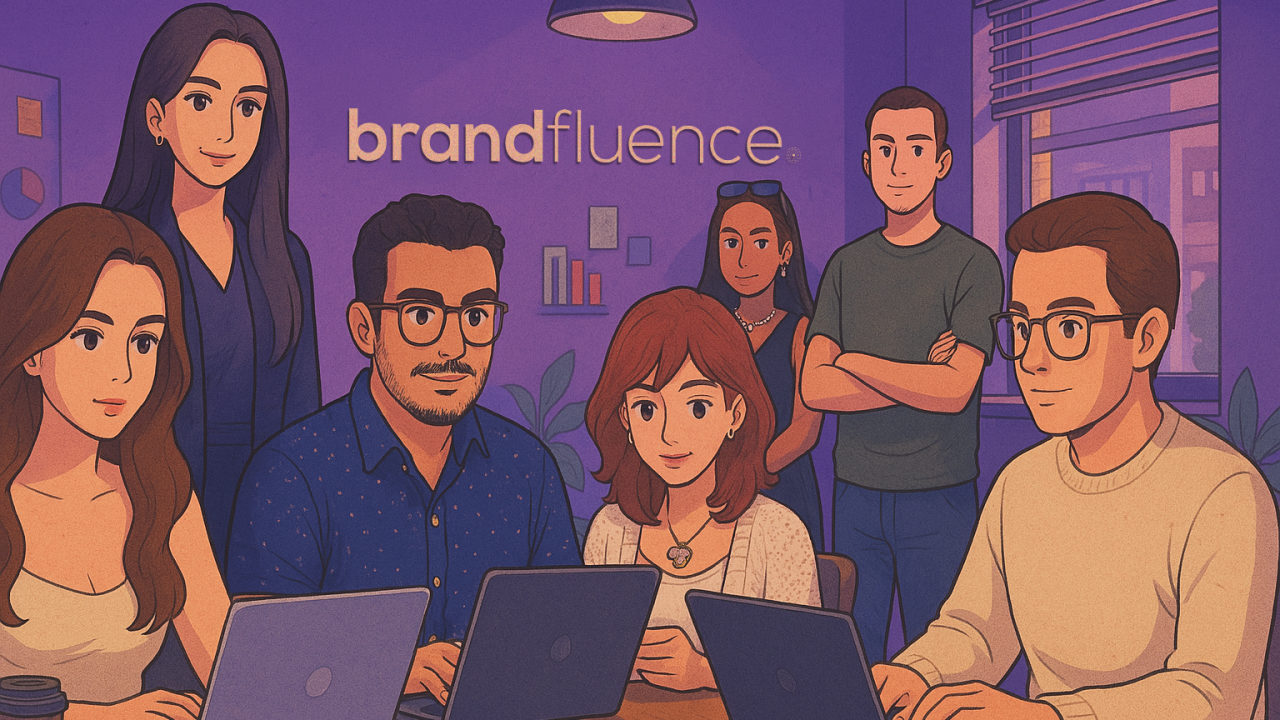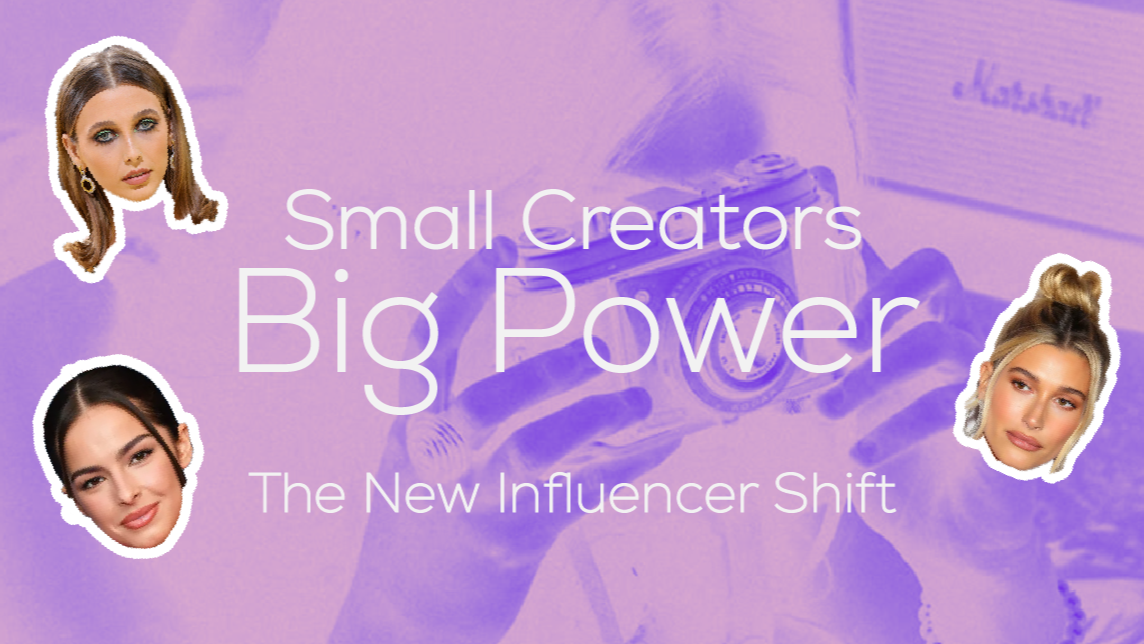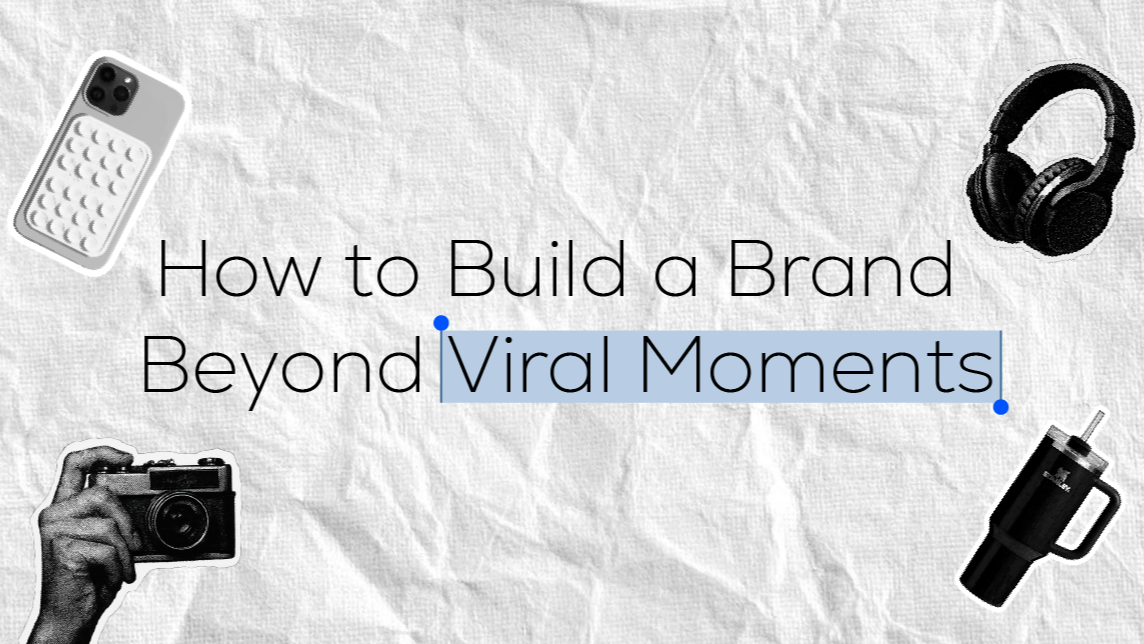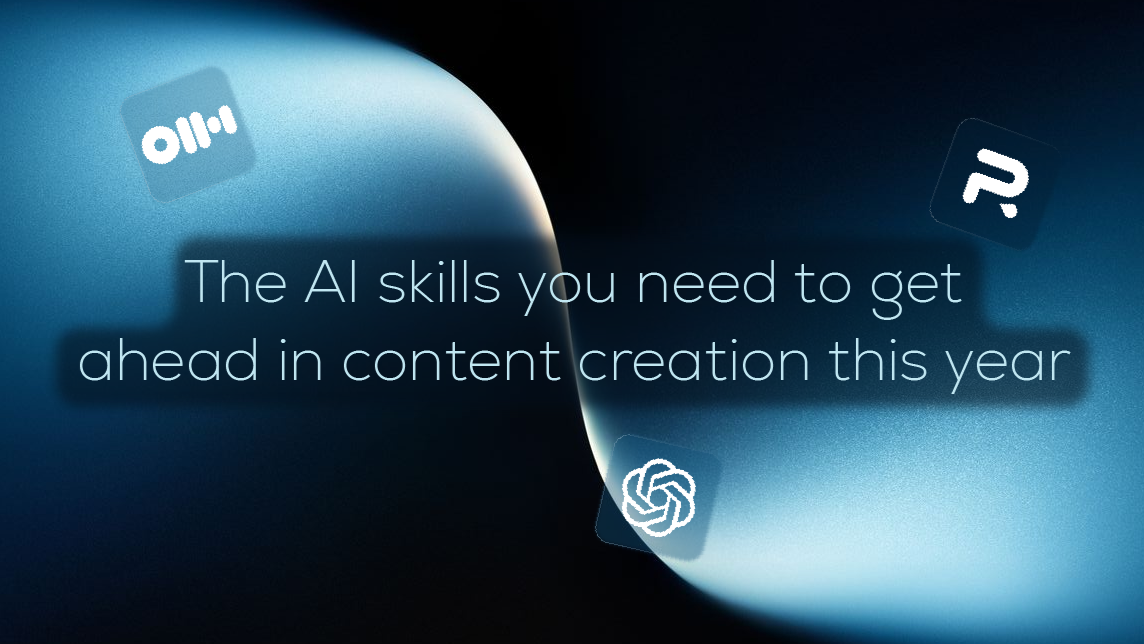During a livestream on Tuesday, OpenAI CEO Sam Altman announced the first major upgrade to ChatGPT’s image-generation capabilities in over a year.
ChatGPT can now leverage the company’s GPT-4o model to natively create and modify images and photos. GPT-4o has long underpinned the AI-powered chatbot platform, but until now, the model has been able to generate and edit only text — not images.
“We added one million users in the last hour.” — Sam Altman, CEO of OpenAI
As a creative agency, we’ve lived through a fair share of tech shifts — from the rise of mobile-first design to the no-code boom. But nothing has rocked our workflow (and sparked as much excitement) as what’s happening right now with ChatGPT and its visual design capabilities.
It’s not just another tool in the stack. It’s changing the way we create, collaborate, and communicate — with clients and within our own teams.
With the rollout of GPT-4o and image generation, we’re no longer spending hours on moodboards, initial mockups, or wireframes. Now, we can sit with a client, type:
“Show me a homepage design for a sustainable coffee brand targeting Gen Z”
… and within seconds, we have several stunning visual concepts that spark feedback and conversation — in real time.
This level of co-creation has unlocked a new kind of agility in our agency. Projects that used to take days to get off the ground now kickstart in minutes.
When Sam Altman tweeted:
can yall please chill on generating images this is insane our team needs sleep
— Sam Altman (@sama) March 30, 2025
…we felt that. Our entire creative department was up experimenting — turning prompts into prototypes, concepts into campaigns.
The update wasn’t just a feature drop. It was a moment — and agencies like ours who were ready to ride the wave got a front-row seat to what’s possible when design and dialogue merge. And we are not ashamed to admit it.
We’re not the only ones seeing this transformation. UX designer Gabriel Tomescu recently shared on LinkedIn how he used ChatGPT’s image generation tools to improve design conversations during client meetings. Instead of sending follow-up mockups later, he showed design variations live — streamlining decision-making and strengthening trust.
The Launch That Felt Like a Campaign
We’d be remiss not to tip our hats to OpenAI’s rollout strategy. The GPT-4o launch was pure marketing genius — from Altman’s tweetstorms to meme-worthy moments, to a viral-worthy product that practically promoted itself.
The Tech Bubble nailed it: this wasn’t just a tech launch — it was a cultural campaign. And in many ways, it reminded us of what good marketing is supposed to do: capture attention, spark emotion, and invite participation.
What This Means for Agencies
This shift isn’t about replacing designers — it’s about amplifying them. The best creatives in our team are the ones embracing AI, not avoiding it. They’re using ChatGPT to:
- Test new layout ideas before opening their design tool.
- Generate visual references during copywriting sessions.
- Explore brand tone through image + text combinations.
This is design + strategy + storytelling, all in one conversation.
If you’re running an agency, here’s the truth: The game has changed. The expectations are higher. And the opportunity? Never bigger.







